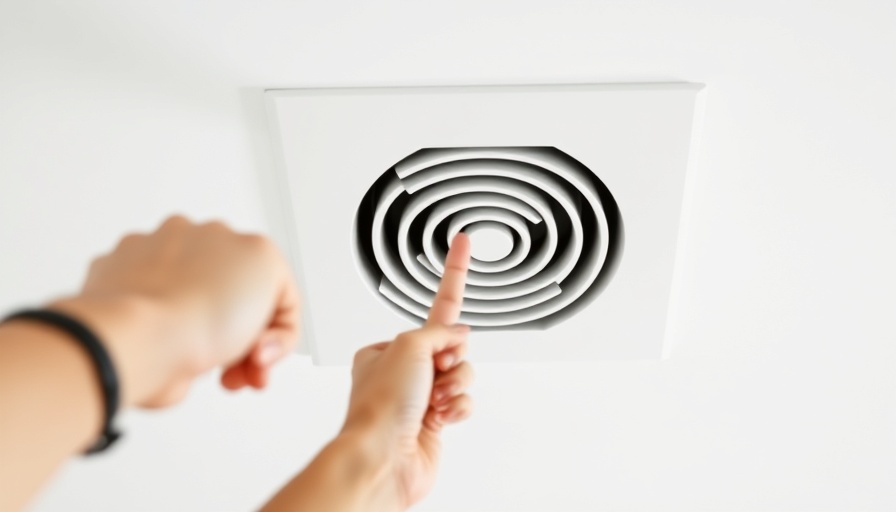
Understanding the Problem: Condensation on Air Vents
Condensation on air vents is a common issue that can lead to significant problems in your home. It typically arises from high indoor humidity, poor ventilation, and stark temperature differences between the warm indoor air and the cooler air in the ducts. This condensation not only contributes to mold growth and water damage but can also strain your HVAC system's efficiency, leading to increased energy bills.
Causes of High Indoor Humidity
High indoor humidity occurs due to various factors, such as cooking, showering, or even breathing, and is especially pronounced in humid climates. It is essential to monitor indoor humidity levels using a hygrometer. Humidity levels should ideally be maintained below 60% to reduce the risk of condensation, especially during warmer months when the potential for moisture buildup increases.
Taking Action: Quick Solutions
There are several immediate steps homeowners can take to manage this issue effectively. First, utilize exhaust fans in areas prone to moisture, such as kitchens and bathrooms, to better circulate air. Keeping your vents clear of obstructions can also improve air circulation. Homeowners might consider installing additional vents or a dehumidifier in the basement or attic to further combat humidity problems.
Long-term Solutions: Insulation Matters
Another significant factor to consider is the insulation of your ductwork. Improperly insulated ducts can exacerbate condensation issues, as the cold air inside the ducts comes into contact with warmer air in the home. Effective insulation using materials such as fiberglass or foam can significantly reduce moisture accumulation. While DIY solutions are available, professional installation can provide a more reliable, long-lasting fix.
Conclusion: Why This Matters
Addressing condensation on air vents is vital not just for maintaining the efficiency of your HVAC system but also for the overall health of your home environment. By understanding the causes and implementing some of these steps, you can protect your home from unnecessary damage and create a more comfortable living space.
 Add Row
Add Row  Add
Add 




Write A Comment